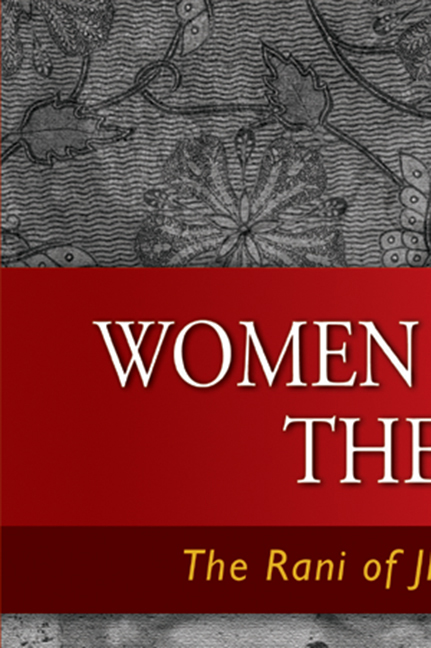Book contents
- Frontmatter
- Dedication
- Epigraph
- Contents
- Message from ISEAS Director
- Foreword
- Preface
- Acknowledgements
- 1 The Historical Rani
- 2 Bengali Nationalism
- 3 Bengali Women Revolutionaries
- 4 Subhas Chandra Bose
- 5 The Indian National Army
- 6 Volunteers from the Malayan Rubber Estates
- 7 The Rani of Jhansi Regiment
- 8 Deployed to Burma
- 9 After the War
- 10 Conclusion
- Epilogue
- Bibliography
- Index
- About the Author
Foreword
Published online by Cambridge University Press: 21 October 2015
- Frontmatter
- Dedication
- Epigraph
- Contents
- Message from ISEAS Director
- Foreword
- Preface
- Acknowledgements
- 1 The Historical Rani
- 2 Bengali Nationalism
- 3 Bengali Women Revolutionaries
- 4 Subhas Chandra Bose
- 5 The Indian National Army
- 6 Volunteers from the Malayan Rubber Estates
- 7 The Rani of Jhansi Regiment
- 8 Deployed to Burma
- 9 After the War
- 10 Conclusion
- Epilogue
- Bibliography
- Index
- About the Author
Summary
Much has been written about Subhas Chandra Bose in the annals of India's Independence struggle. Likewise, the Indian National Army (INA) that he raised in Singapore has also been extensively researched by scholars worldwide. A part of the INA was the all-women “Rani of Jhansi Regiment” that was raised and led entirely by local Indian women in Southeast Asia. Many of the rank and file were from the rubber plantations and housewives. The historical “Rani of Jhansi”, whose bravery in the struggle against the British is well-known to students of Indian history, was what Bose invoked for the women's regiment that formed part of the INA. The active role in the Independence struggle by women in his mother country has also received attention in this book.
This book should be fascinating reading for all interested in Asian history, particularly for those who did not live through the tumultuous era in which the INA also appeared on the terrain of wartime Southeast Asia. This eloquent and evocative account of that Regiment by Professor Joyce Lebra, is a conscientious contribution towards the debate on the INA and the Rani of Jhansi Regiment's role and gives a better understanding of its contribution to India's Independence struggle.
Professor Joyce Lebra, who has played a crucial role in recording the INA's history in general, is well-equipped to author this pioneering work on the Rani of Jhansi Regiment. Her meticulous research and imaginative analysis are evident in this book. One of the book's particular strengths is the way in which she combines research-based evidence on women's valiant role in history and the heroic spirit that they displayed in the war against the British. The accounts of courageous local Indian women, some of whom left comfortable lives to take part in the struggle, make this book of deep human interest as well.
I commend the Institute of Southeast Asian Studies for having embarked on a book that will record for posterity the lives, thoughts and actions of an irreplaceable generation of Southeast Asian women, who would otherwise remain unknown and unremembered. I compliment Professor Lebra for having produced such a rich and textured record of the Rani of Jhansi Regiment and the role that it played in the struggle for Indian Independence.
- Type
- Chapter
- Information
- Women Against the RajThe Rani of Jhansi Regiment, pp. x - xiPublisher: ISEAS–Yusof Ishak InstitutePrint publication year: 2008

